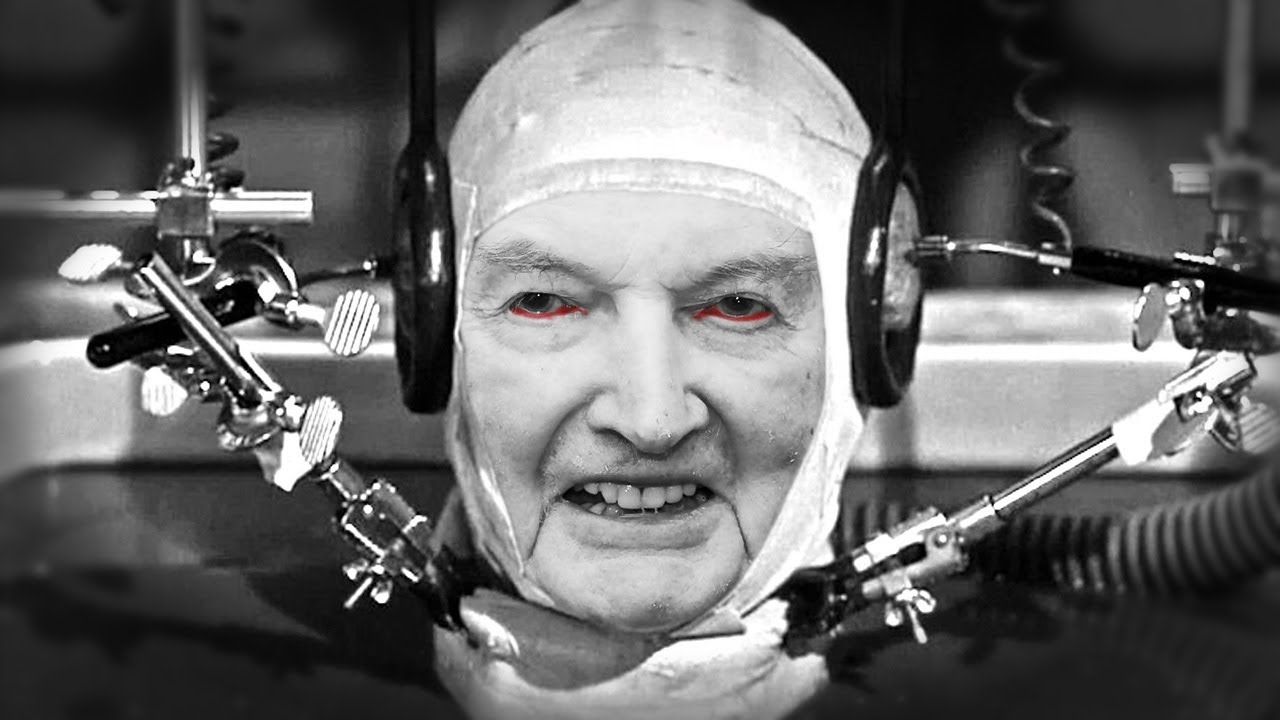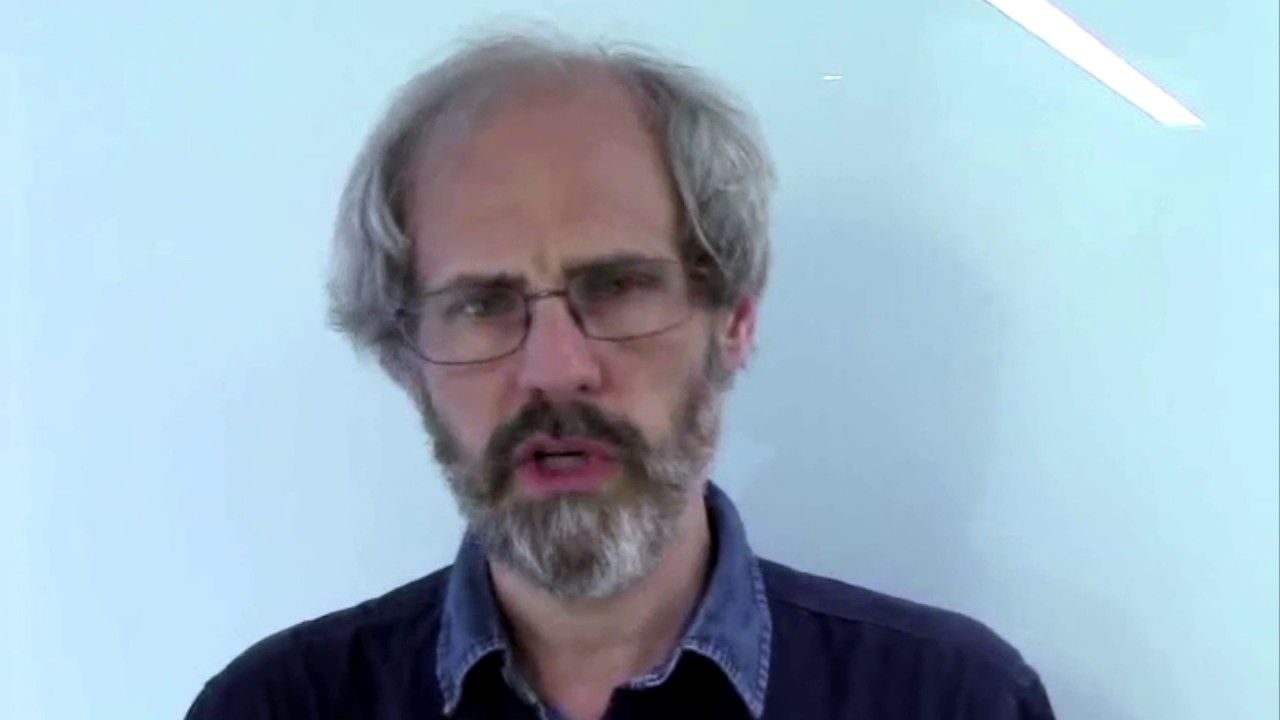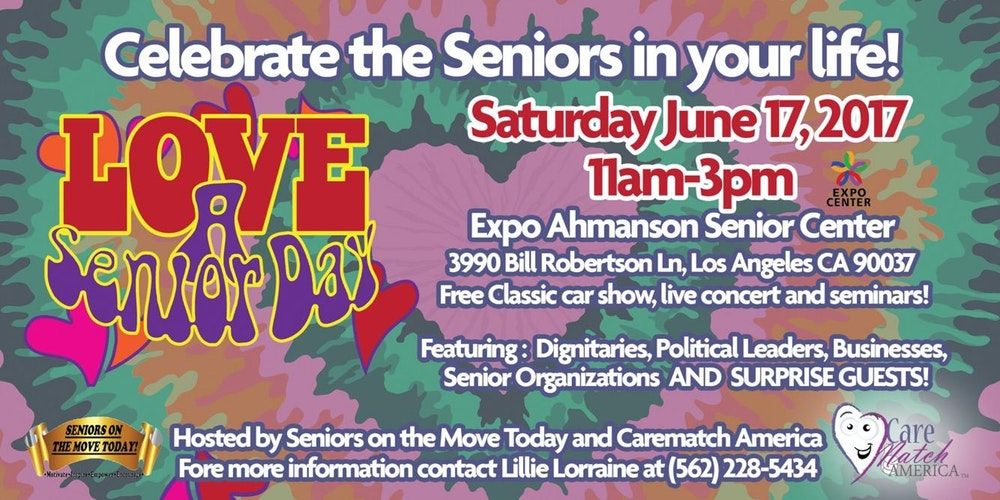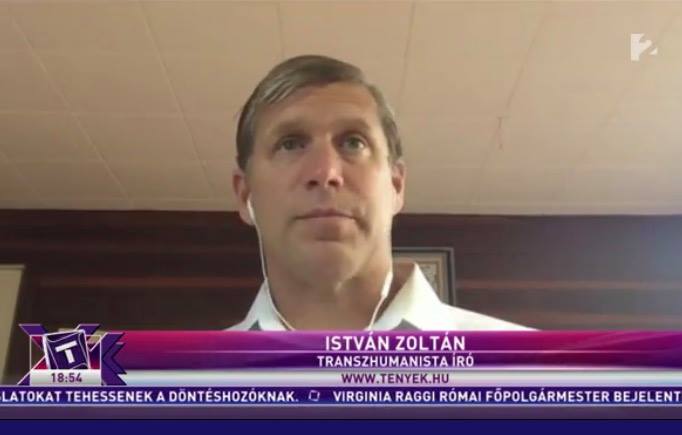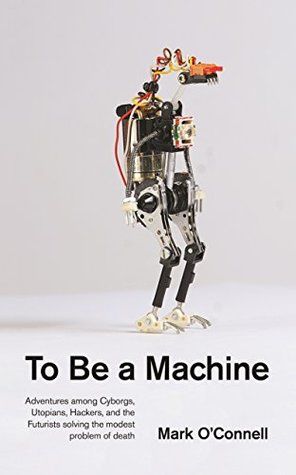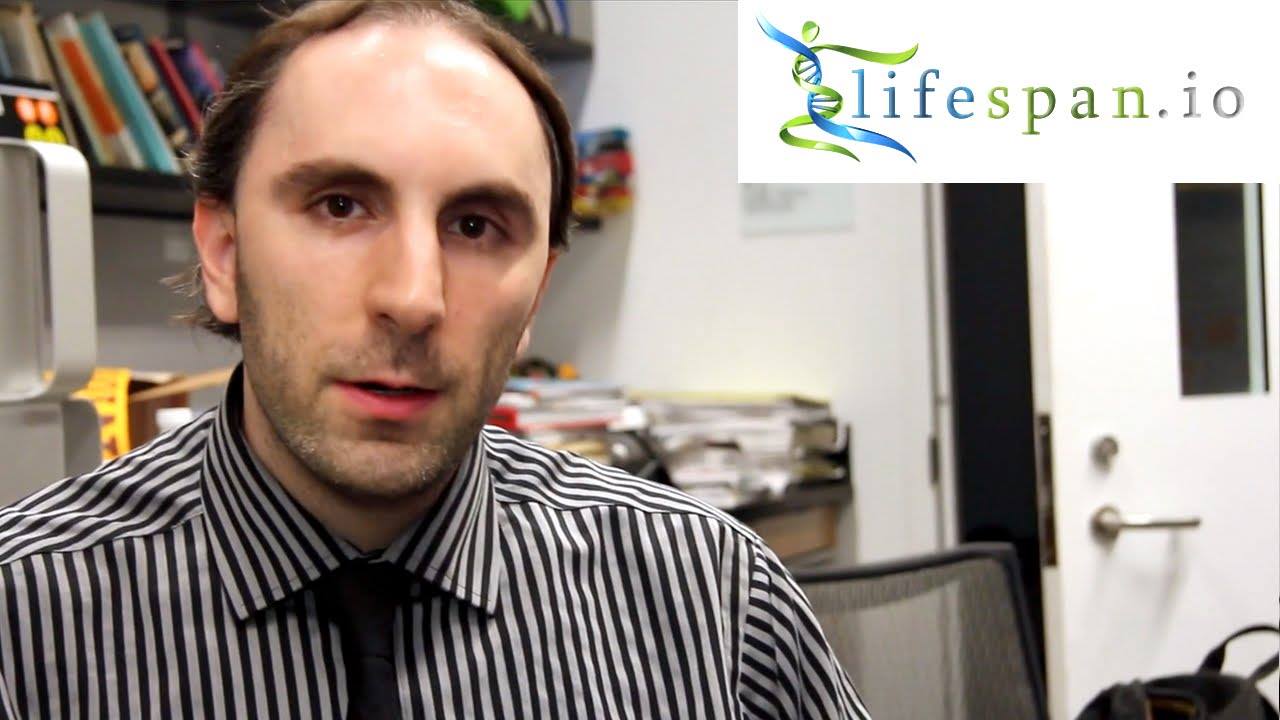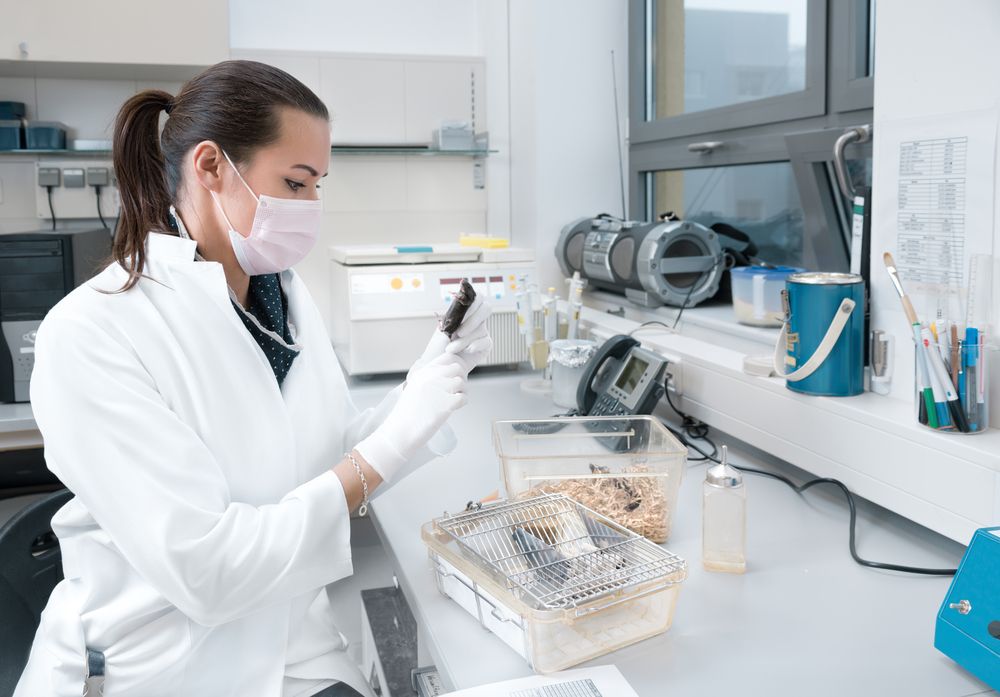A conspiracy theory article that I think is spreading semi-fake news (but it’s interesting to see how some people react to #transhumanism):
While the title of this article may sound like it belongs on a strange and dark science fiction movie, it doesn’t. Unfortunately, it seems that as the technological world continues to advance, the more the old adage ‘the truth is stranger than fiction’ becomes true.
Throughout the past year or so, we have heard Google’s leading futurist tell us that it will one day be possible to live forever. His belief is that it will start with nanobots in the human body which would work to defeat deadly disease, in place of our immune system. Kurzweil maintains that the human immune system is inadequate and that,
“Your immune system, for example, does a poor job on cancer,” he told Playboy.” It thinks cancer is you. It doesn’t treat cancer as an enemy. It also doesn’t work well on retroviruses. It doesn’t work well on things that tend to affect us later in life because it didn’t select for longevity.”
He also believes that the nanobots will enhance humanity and bring us to a point we could never have reached on our own. “We’re going to be funnier. We’re going to be sexier. We’re going to be better at expressing loving sentiment.”
